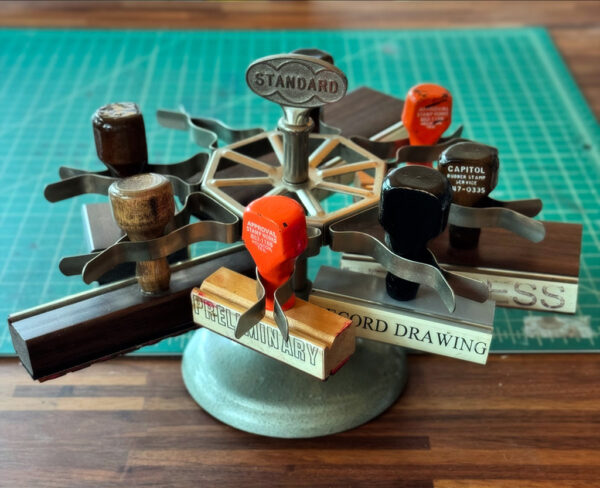
Today’s newsletter is about how hard (and how easy?) it can be to come up with titles.
It begins:
In My Life in France, Julia Child wrote about what a pain it was to come up with the title for Mastering The Art of French Cooking. She and her husband Paul debated “the merits of poetic titles versus descriptive titles.” They made lists and lists of titles, trying to come up with the right “combination of words and associations” that would work…
You can read the rest here.
(Reminder: I’m having a summer 20% off sale on paid subscriptions.)





